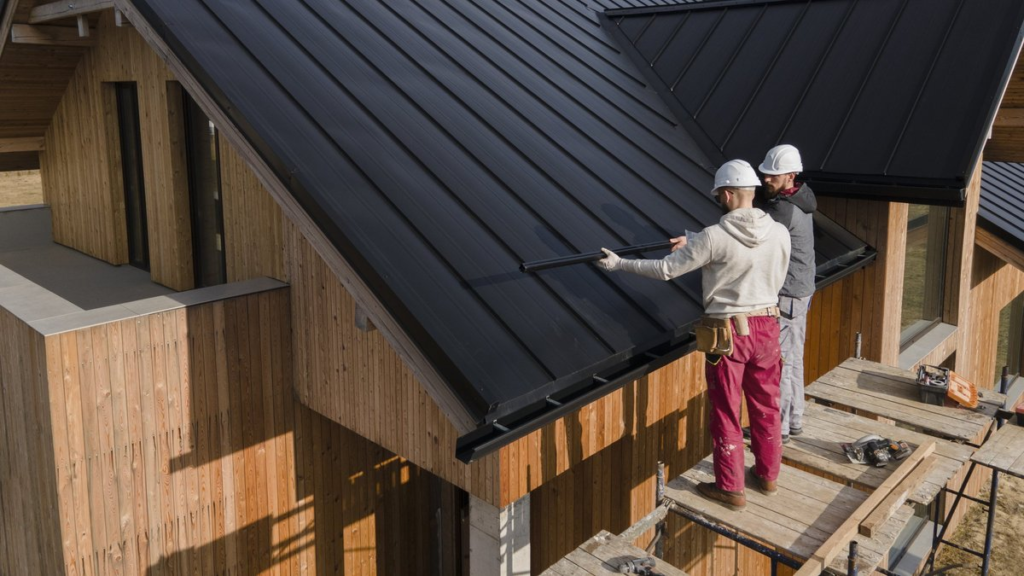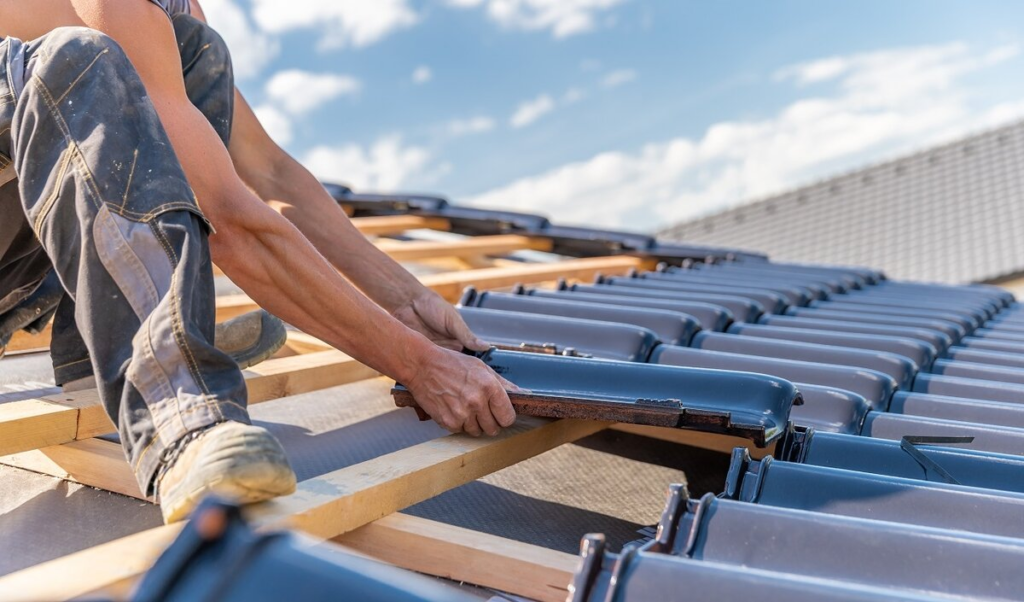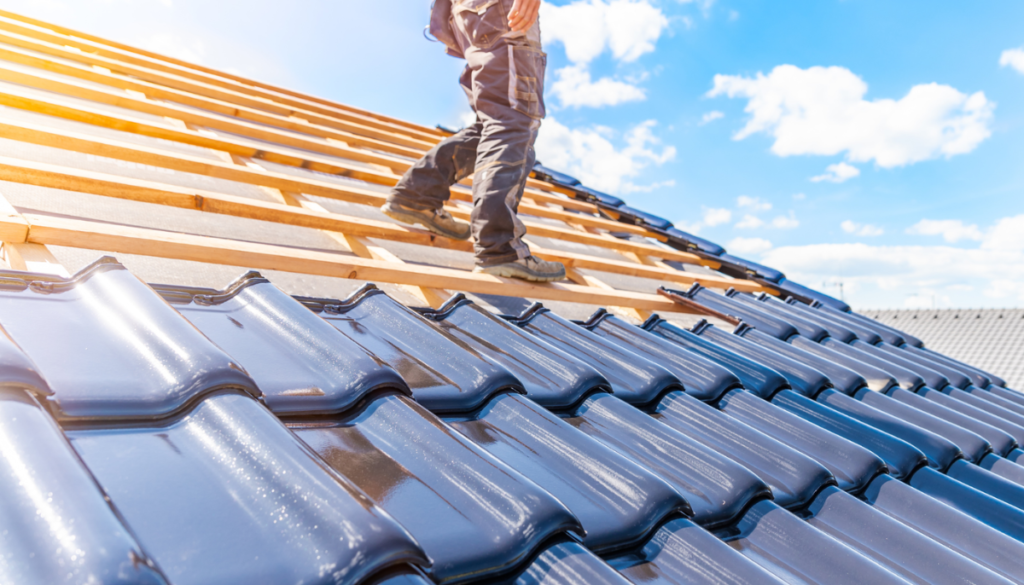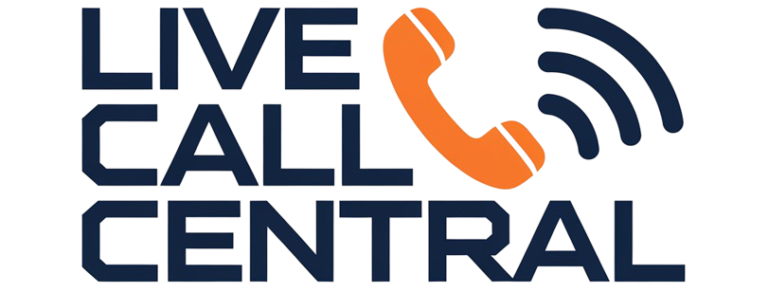
The roof over your head does more than just shelter you from the elements—it plays a key role in regulating temperature, managing moisture, and protecting the structural integrity of your home. While roofing materials and installation methods are often in the spotlight, one crucial factor that’s sometimes overlooked is attic ventilation. Surprisingly, this hidden system can significantly affect your roof’s lifespan, overall energy efficiency, and even indoor comfort.
So how exactly does proper attic ventilation impact your roof’s longevity? In this blog, we’ll explore what attic ventilation is, how it works, and why it’s critical to ensuring your roof lasts as long as it should.
Understanding Attic Ventilation
Attic ventilation refers to the system that allows air to flow into and out of the attic space. Typically, this system includes intake vents (usually located in the soffits or eaves) and exhaust vents (commonly found near the ridge of the roof). The goal is to maintain a balanced airflow that removes excess heat and moisture from the attic.
Proper attic ventilation relies on passive airflow, which takes advantage of the natural rise of warm air. Cooler air enters from the intake vents and pushes warmer air out through the exhaust vents. This constant flow helps maintain a stable attic environment year-round.
The Impact of Poor Ventilation
Without adequate ventilation, your attic becomes a trap for hot air and moisture. During hot summer months, attic temperatures can soar to 150°F (65°C) or more. This extreme heat can “cook” your roofing materials from underneath, causing shingles to warp, crack, or deteriorate prematurely.
In colder months, the opposite problem occurs. Warm air from your home can rise and collect in the attic. If not ventilated properly, this warm air will cause snow on the roof to melt. As the melted snow runs down the roof and refreezes at the edges (where it’s colder), it creates ice dams that can lift shingles and allow water to seep underneath, causing leaks and water damage.
How Proper Ventilation Enhances Roof Longevity
1. Reduces Heat Buildup
One of the biggest threats to your roof in warm climates is trapped heat. Excessive attic heat can cause shingles to age faster by drying them out and increasing their brittleness. This leads to cracking, curling, and eventual failure.
With good attic ventilation, hot air is constantly vented out, helping your shingles stay cooler and retain their integrity for longer periods. This means fewer repairs and a longer roof lifespan.
2. Prevents Moisture Buildup

Moisture is one of the most destructive forces in home construction, and your attic is especially vulnerable. Everyday activities like cooking, showering, and even breathing release moisture into the air. This warm, moist air naturally rises and can collect in the attic if not properly vented.
Proper ventilation allows this moist air to escape before it can condense on rafters, insulation, or decking. Preventing condensation protects wooden components from mold, rot, and structural weakening—all of which can drastically shorten the life of your roof.
3. Minimizes the Risk of Ice Dams
In colder climates, ice dams are a serious concern. They form when warm attic air melts snow on the roof. When the water runs to the colder edges and refreezes, it creates a dam that blocks future runoff. Water backs up under the shingles, causing leaks, rotting decking, and interior damage.
Proper attic ventilation helps maintain a consistent temperature across the roof surface. When air circulates correctly, the attic stays cooler, reducing the risk of snow melt and subsequent ice dams. This preserves the waterproof integrity of your roof and extends its life.
4. Preserves Structural Integrity
Moisture not only affects your roofing materials but also the wooden structures beneath. Rafters, trusses, and decking can weaken over time if exposed to high humidity. Warping or rotting components may eventually cause sagging or even collapse in extreme cases.
With the right ventilation, humidity levels stay in check, which means your roof’s framework stays dry and strong. This contributes to a healthier, longer-lasting roof system.
5. Improves Energy Efficiency
While not a direct factor in the physical aging of your roof, improved energy efficiency can support overall home health. A well-ventilated attic reduces the load on your HVAC system by preventing the attic from becoming a heat trap. This lowers cooling costs and also limits the strain on the attic insulation.
Over time, better insulation performance and less HVAC wear can contribute to a longer roof life by reducing the thermal stress on materials.
Signs of Poor Ventilation
Not sure if your attic has proper ventilation? Here are a few red flags:
- High attic temperatures in summer
- Condensation or visible frost on attic rafters in winter
- Mold or mildew in attic insulation or on wood
- Curling or blistering shingles
- Ice dams on the roof during snow season
- Peeling paint on interior ceilings or walls
If you notice any of these signs, it may be time to consult a roofing professional or contractor who can evaluate your attic ventilation system.
Improving Attic Ventilation
If your home’s ventilation is lacking, there are several upgrades to consider:
- Ridge vents: Installed along the roof’s peak to provide continuous airflow.
- Soffit vents: Located under the eaves to allow cool air intake.
- Gable vents: Placed at the ends of the attic to allow cross-ventilation.
- Powered attic fans: Used to actively remove hot air in extreme heat zones.
- Baffles or rafter vents: Installed to maintain airflow from soffit to ridge without being blocked by insulation.
It’s important to balance intake and exhaust vents. Too much exhaust without adequate intake can create negative pressure, pulling conditioned air from your home and wasting energy.

Conclusion
Proper attic ventilation plays a vital role in protecting and extending the life of your roof. By promoting steady airflow and reducing both heat and moisture buildup, it guards against premature shingle damage, wood rot, mold, and ice damming. These protective benefits not only improve your roof’s longevity but also enhance the overall health of your home and reduce energy costs. Ensuring your attic is ventilated properly is a smart, cost-effective investment that pays off for years to come, making it an essential part of any homeowner’s maintenance plan.


